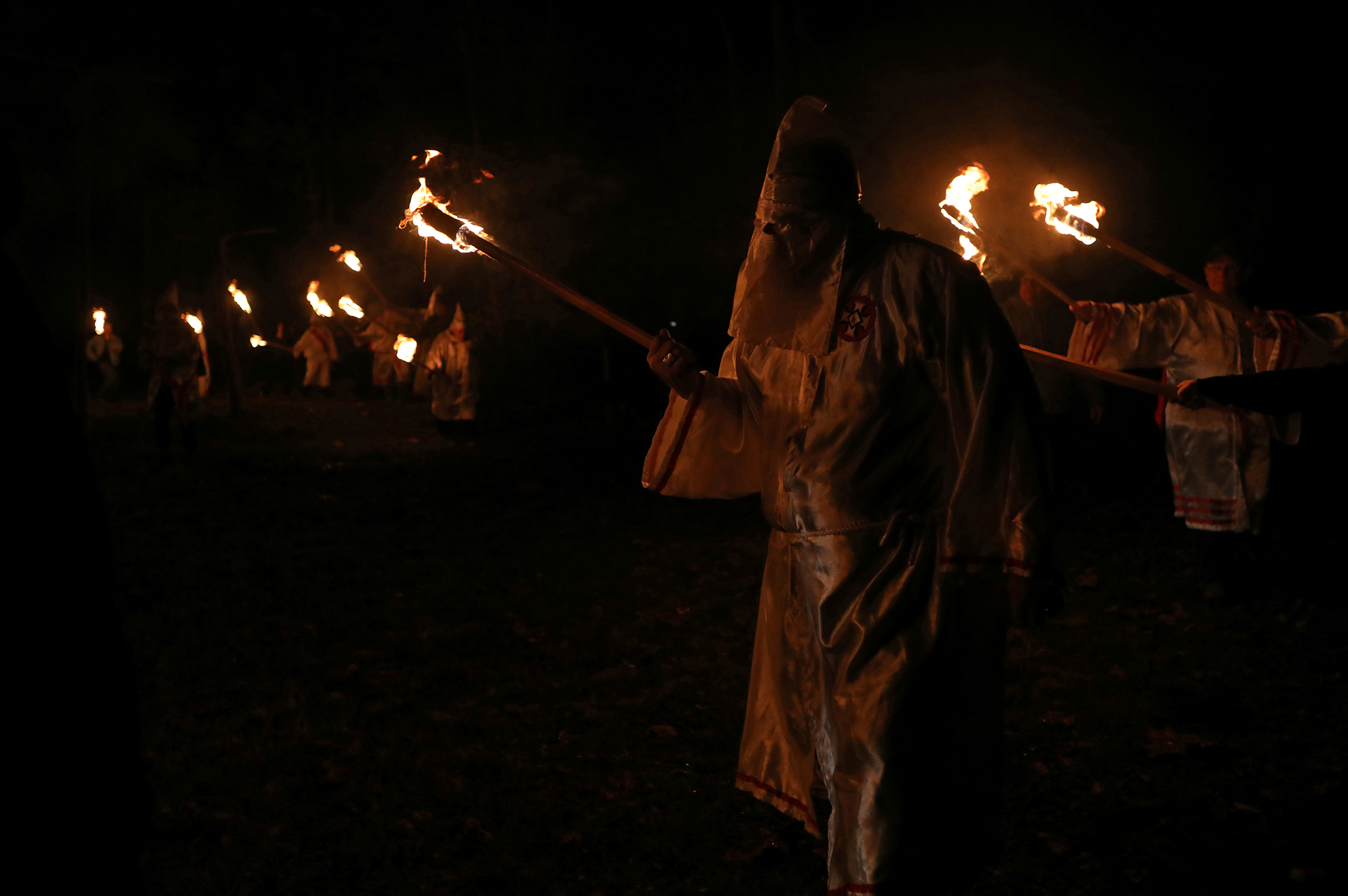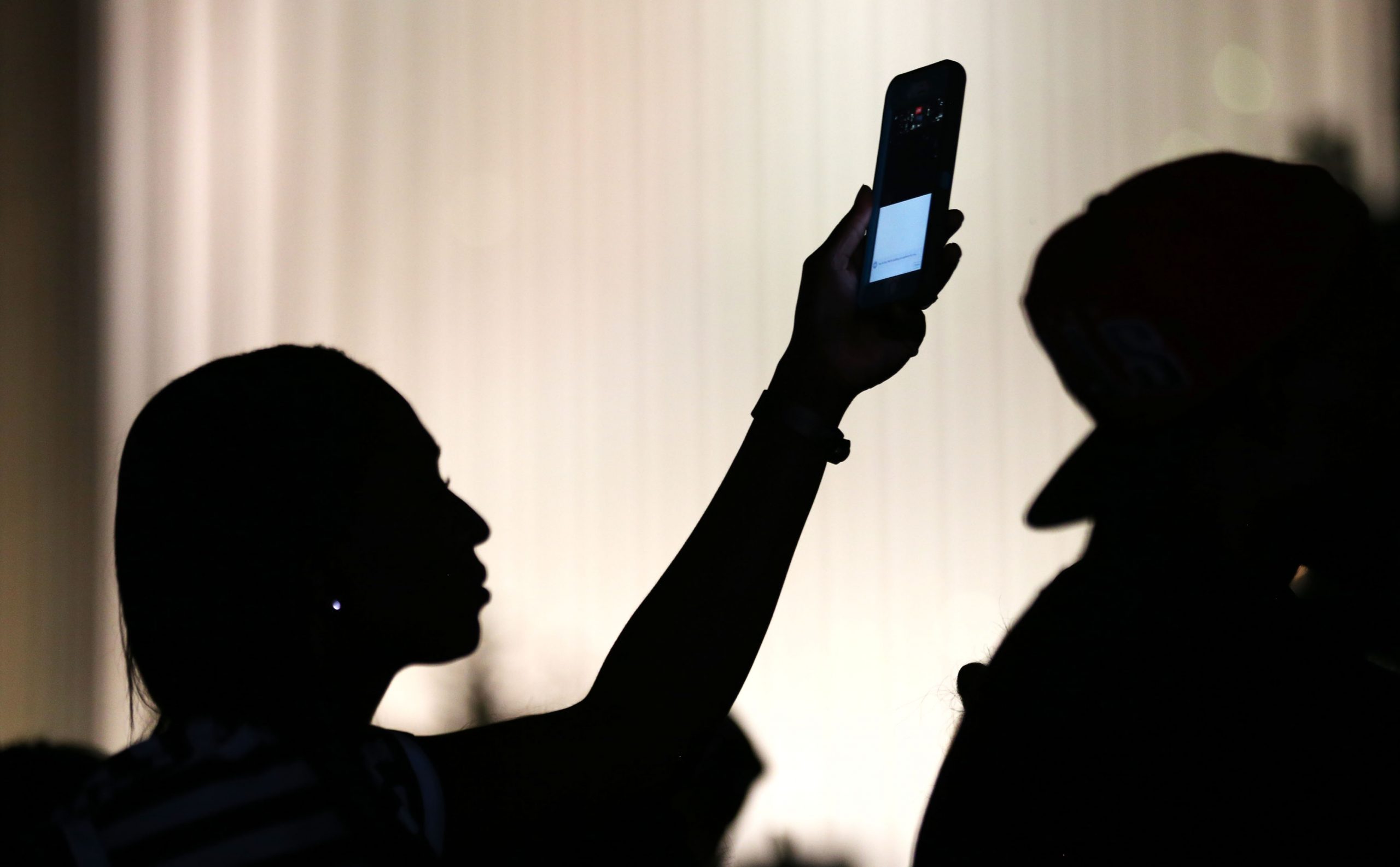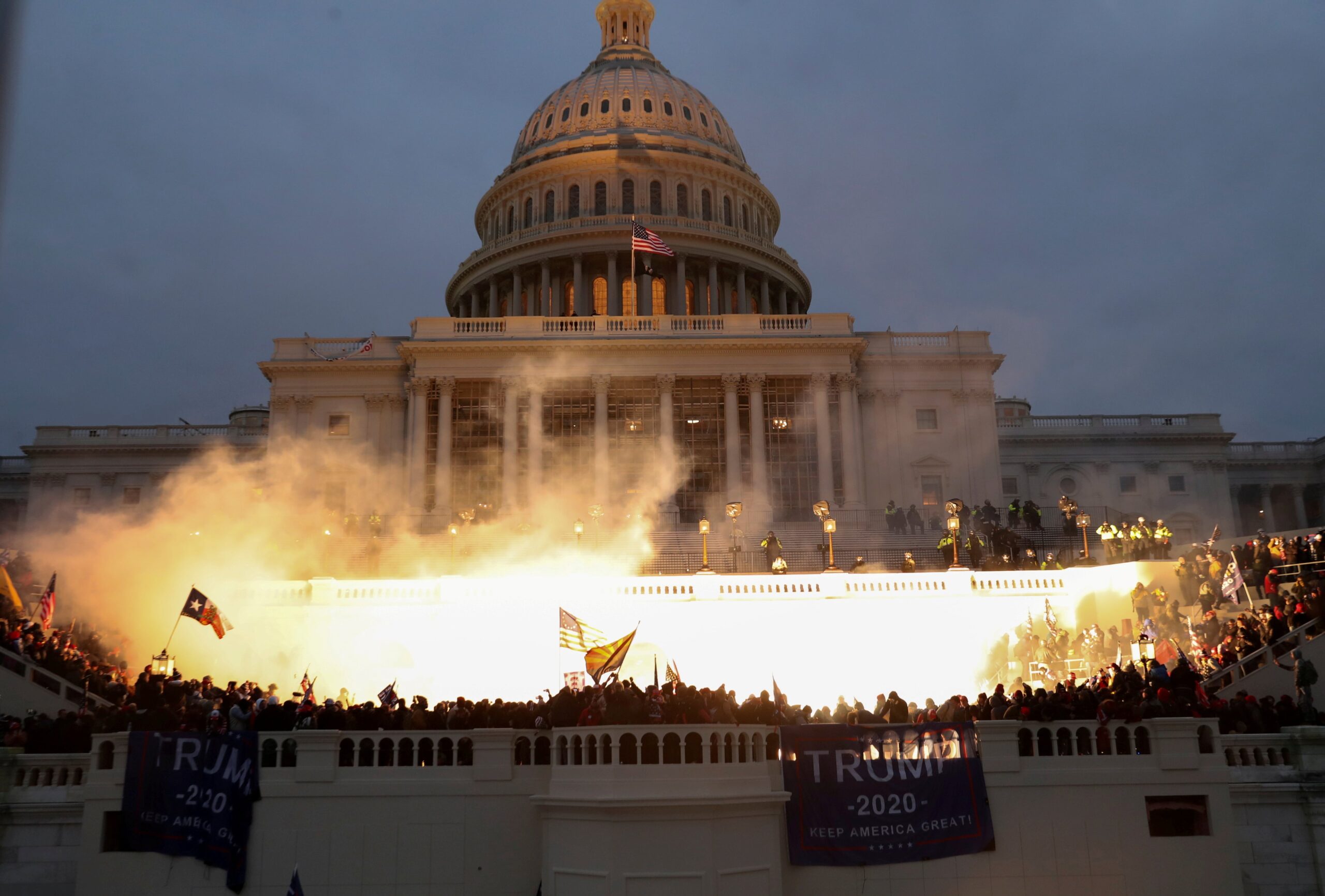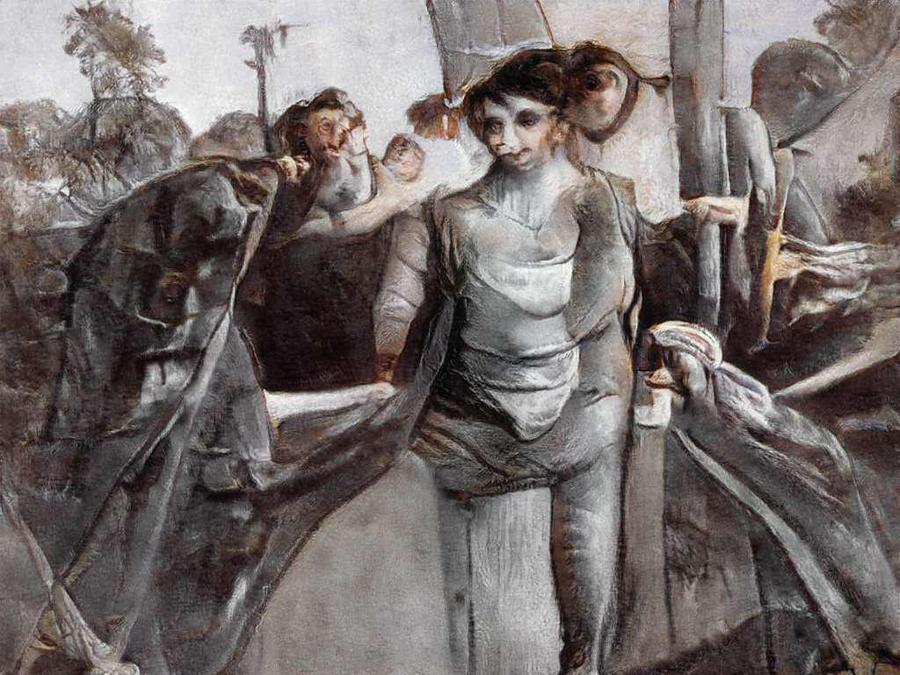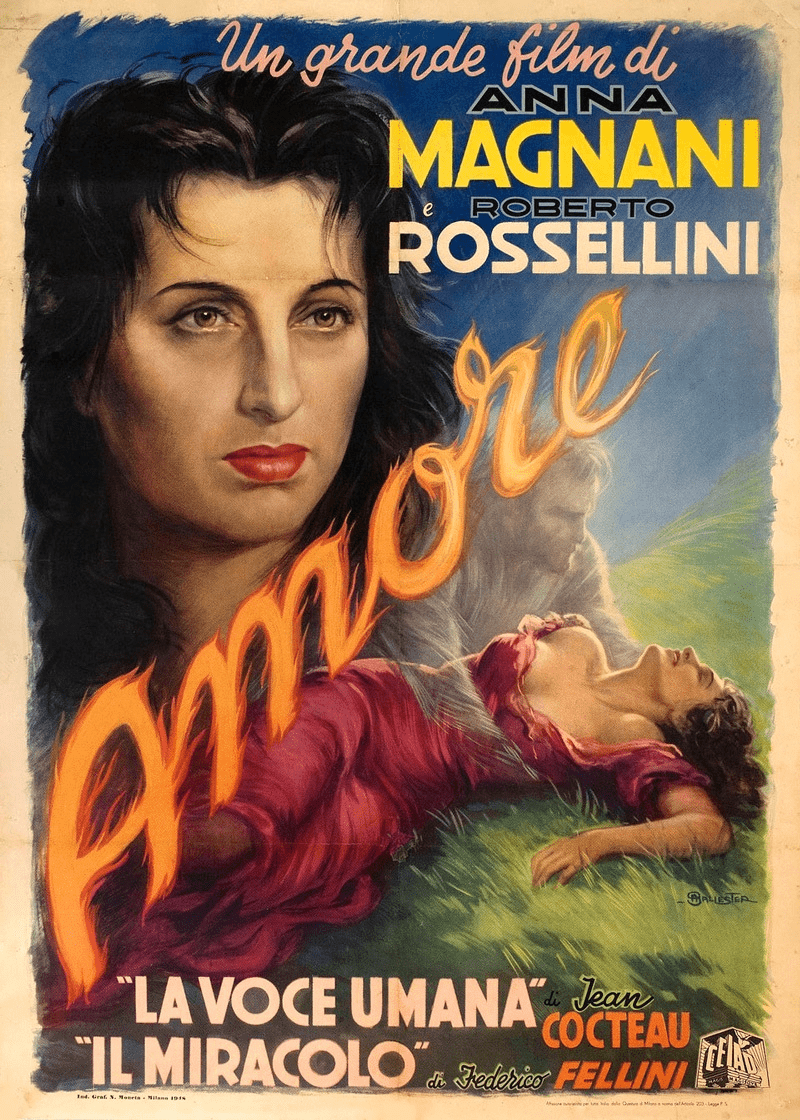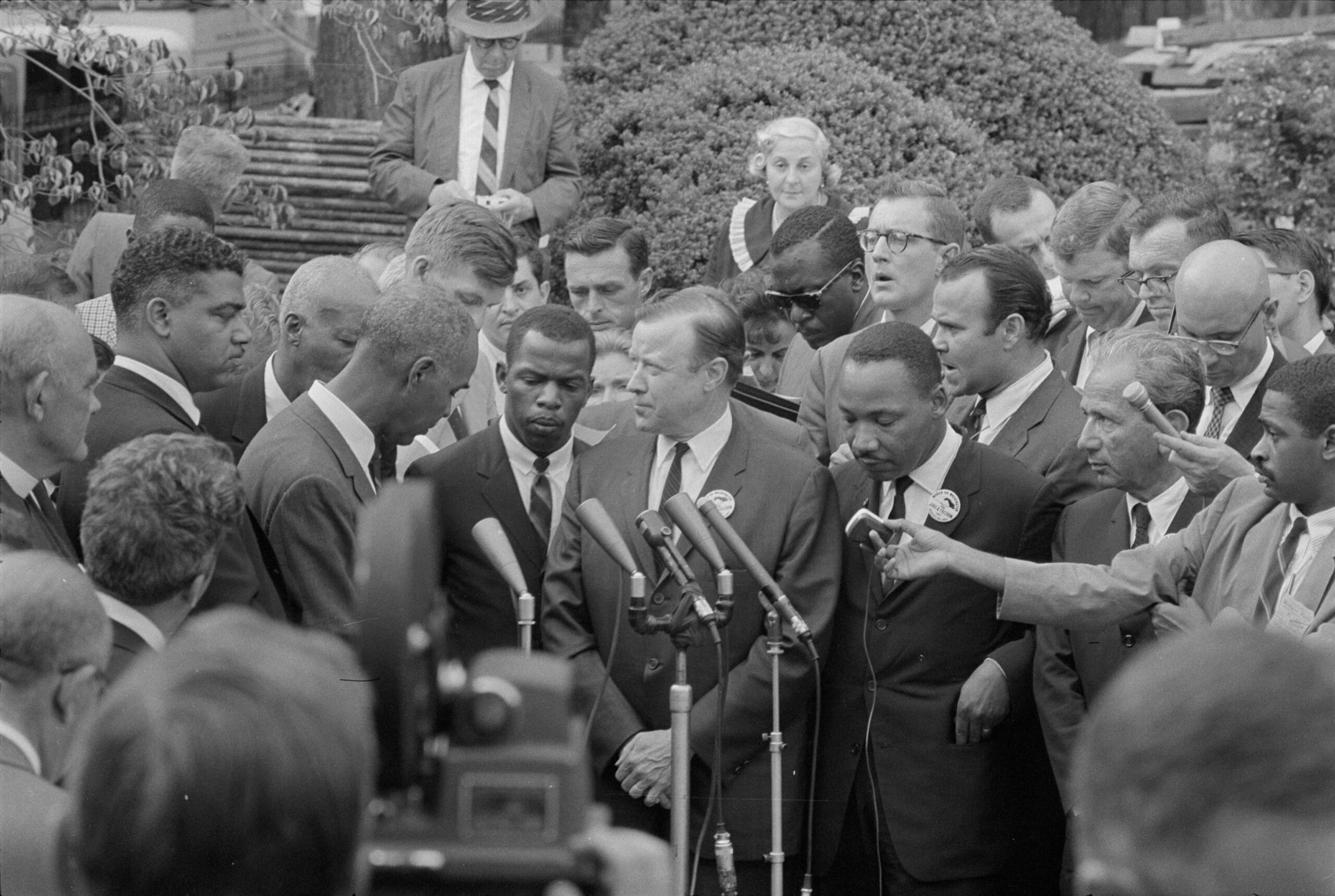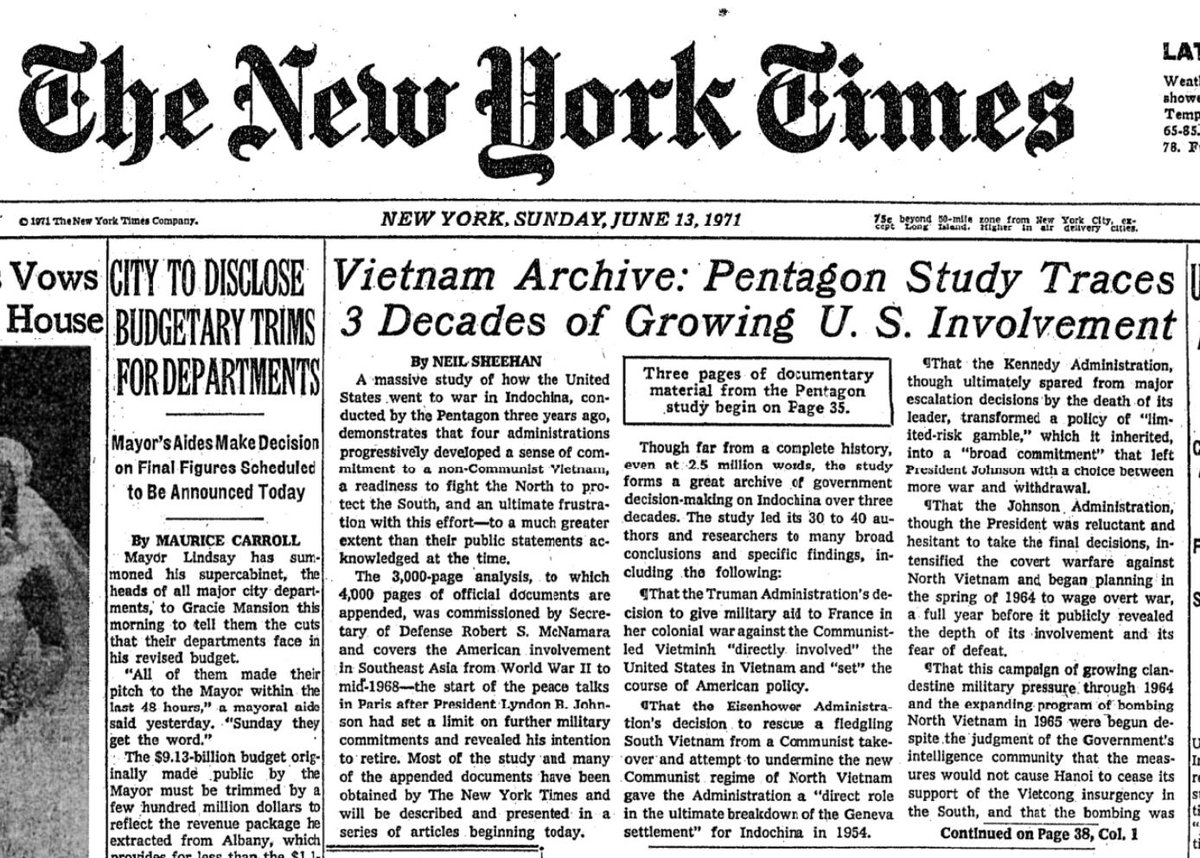Teacher Guide: Speech Not Protected by the First Amendment
This teacher guide discusses many of the important unprotected categories of speech that have led to contentious First Amendment litigation through the years.
Teacher and Citizen Guides: Recording Video and Audio of Police Officers
By 2019, more than 81% of Americans owned a smartphone, as compared to 35% in 2011. This has given rise to “citizen journalists” who record and disseminate videos of police officers performing their duties in public. Does the First Amendment protect them, or can the state prohibit the recording of police activity?
Teacher Guide: Disinformation and the First Amendment
Disinformation is more pernicious and widespread today than at any other point in history, largely because of social media and the Internet. For instance, it is now widely known—and verified by the U.S. intelligence community—that Russians interfered with the 2016 presidential election.
In 2018, Christie’s auction house in New York sold a painting, Portrait of Edmond Bellamy, for $432,500. This sales price was significant. Not because it was exceptionally high—Christie’s has had many sales that would dwarf this price—but because the painting was not made by a human being. It was created by a computer using artificial intelligence (AI).
Teacher Guide: Does the First Amendment Allow the Government to Censor Art?
For much of our nation’s history, the First Amendment’s guarantee of freedom of speech did not clearly protect art from government censorship. Over the course of the 20th century, however, courts gradually extended speech protections to a broader range of artistic expression, including film, dance, theater, and fine arts. Today, public officials can censor art only in limited circumstances. What are those circumstances, and what protection does the First Amendment provide?
The civil rights movement of the 1950s and 1960s not only led to significant legislative change and social progress, but it also served as a catalyst for the expansion of First Amendment freedoms. This teacher’s guide recounts many of the First Amendment developments ushered in during this new era of commitment to civil rights and equality. These include constitutionalizing libel law, protecting peaceful protesting, acknowledging new forms of symbolic speech, recognizing the freedom of association, and limiting the ways in which licensing laws can be used to censor speech.
Teacher Guide: Access to Courts and Court Records
Public access to the judicial system is a necessary element in a constitutional democracy. The idea behind “We the People”—the notion that the people are sovereign—assumes that the people govern their institutions. This teachers guide discusses access to courts, including how court access is faring during the COVID-19 crisis; the development of access to criminal trials; the importance of both the First Amendment right of access and the Sixth Amendment right to a public trial; the clash between the First Amendment and the Sixth Amendment concerns over a fair trial; the qualified right of access to civil court proceedings; the dangers of “secret justice”; and cameras in the courts.
Teacher Guide: Prior Restraints—The Most Egregious Violation of First Amendment Rights
The most fundamental violation of freedom of the press is considered to be a prior restraint—an order issued by a court that prohibits the publication or broadcast of material that in some way is deemed especially harmful. Prior restraints have come up in many different contexts, including permits for demonstrations and ratings for movies. In this guide, however, we focus on two of the most important areas—where publication of information may endanger national security and where it may harm a defendant’s right to a fair trial under the Sixth Amendment.
